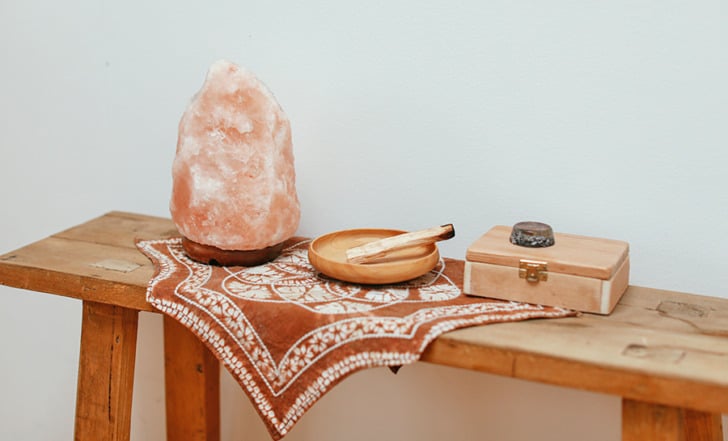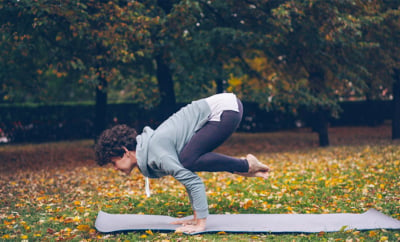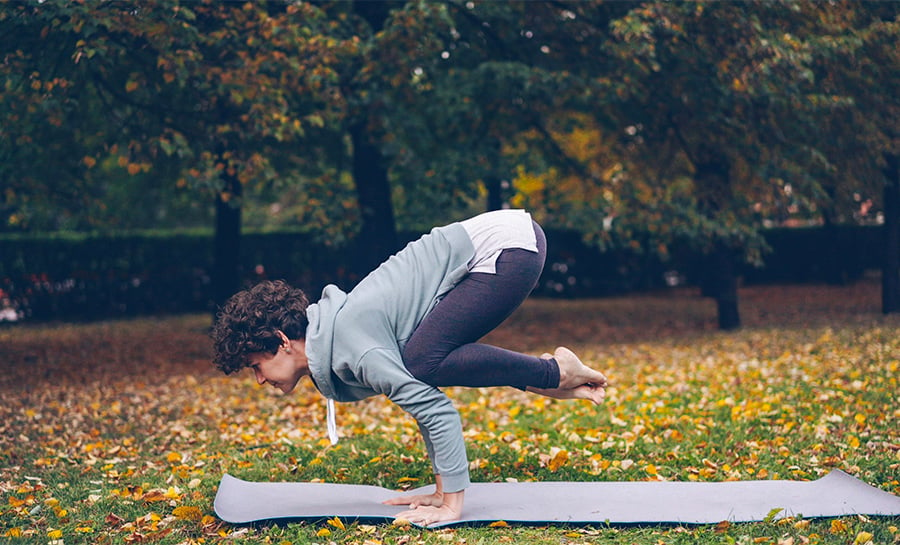Create Your Own DIY Meditation Altar In 7 Steps: Here’s How

DIYMeditationAlter Feature 1
By definition, an altar is a sacred place or space used for ritual. And this can be translated into a meditation space with a meditation altar to help you connect to your practice on a deeper level.
In Hinduism, a murti (an image of a deity, saint, god, or goddess) is the most central and sacred part of an altar. Every morning, dried flowers, conch shells, incense sticks, and kum kum powder are replaced with fresh offerings to honor the featured subject.
An meditation altar is a means to connect with your own spirituality at a deeper level.
In the Roman Catholic church, an altar is used to celebrate the eucharist. Bread and wine are consecrated during a communion service and consumed as symbols of the everlasting body and blood of Jesus Christ.
And in Buddhism, a proper altar holds a statue or photo of Buddha, a piece of scripture, and a stupa – a simple structure containing Buddhist relics that commemorate an event in Buddha’s life or represent aspects of Buddhist teachings.
These items constitute Buddha’s enlightened body, speech, and mind, which serve as reminders of the goal of Buddhist practice – to develop these qualities in oneself.
Interested in Buddhism? Here are 9 Buddha Quotes to Refresh Your Perspective On Life
Perhaps what’s most intriguing about these cultural and religious traditions is that, at its roots, an altar is simply a means to connect with your own spirituality at a deeper level.
Follow These 7 Steps to Create Your Own Meditation Altar:
1. Figure Out Your Why
Before you start, remember that putting together the elements of your meditation altar can easily become a part of your meditation. You’re not just placing objects in front of you that look pretty – focus your thoughts on why you’re choosing to put each item in front of you.
2. Find Your Location
Choose a spot where you’d like to build and rebuild your altar, but try not to box yourself in. The more room you have, the more space there is for you to grow.
If there’s a cozy nook you like to spend your time in the mornings, or a place in your home where the sun shines or sets, start there. You can choose to use a piece of furniture like a table or shelf, or you can use what’s already in the location like a window sill.
New beginnings, peaceful endings.
Not sure how to make a sacred space? Consider This When Creating Your Sacred Space (According to a Spirituality Expert)
3. Tidy Up
Make sure the space is clean. Whether or not you wish to leave your altar with a clearer head, an untidy atmosphere is not conducive to helping you achieve that goal and blocks the flow of energy. You may want to smudge!
Cleansing Your Space: Everything You Need to Know About Smudging
4. Pick a Theme
Decide on the theme of your meditation altar, especially if you don’t know where to start. This could mean that you’re focusing on a particular god or goddess, or that you’re curating your altar based on a goal you’d like to achieve. For example, you may want to alleviate an anxious mind.
5. Choose Your Objects
Bring several items into the picture that represent peace and tranquility instead of focusing on one thing – even more so if you’re planning to close your eyes to meditate. Shape your surroundings so that they’re conducive to quieting your thoughts and relaxing your body.
For example, bring in crystals or scented candles or whatever helps you to set the mood and bring purifying and clarifying energy into your space.
6. Stimulate Your Senses
Cue up the vibes via sound and scent. If you’re planning to unwind and meditate, do you prefer the hum of a singing bowl? What about the washing waves or gentle breeze that comes from a sound machine?
Light up some sandalwood incense or diffuse lavender essential oil for their stress and anxiety-relieving benefits too.
Want to learn more about essential oils? Read This Fact-Based Guide to Essential Oils: Expert Jennifer Pansa Shares Everything You Need to Know
7. Get Comfy
The last thing you want to feel is discomfort while sitting in front of your meditation altar, so have things around you that’ll bring you peace. Perhaps a lavender-scented eye pillow or a posture-correcting meditation cushion? It’s all part of the experience.
The Takeaway on Creating Your Own DIY Meditation Altar
Creating your own meditation altar embodies your intention of connecting to and honoring yourself and your spiritual journey. It’s a simple yet powerful way to create a sacred space to help you tap into your meditation practice on a deeper level.
If a meditation altar is something you’ve deemed as essential to furthering your spiritual practice, self-awareness, and overall well-being, or if you’ve been wanting to try and create your own at home, then start with these tips.
Keep in mind that similar to the way your life and spiritual practice changes and evolves, so should your meditation altar. And there’s no reason it shouldn’t – going without something that feels imperative to your place of worship will only detract from your experience.
Need help with the meditation side? Here’s your Mindfulness Meditation Guide: How to Start a Daily Practice


This Month's Letter
From the Editor
Monthly motivation and food for
thought from our founder.


























